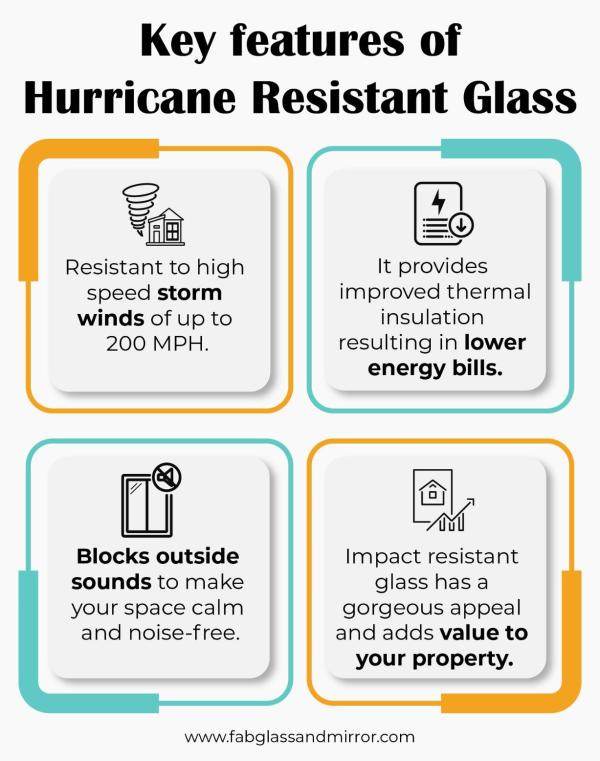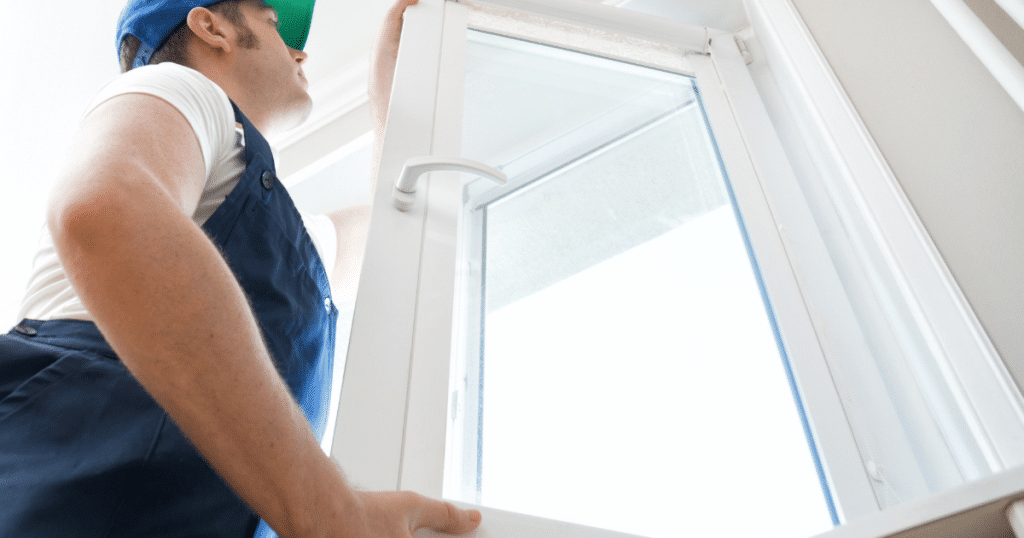When it comes to home repairs, some expenses can catch us off guard, leaving our wallets feeling a little lighter than we’d like. One of those unexpected costs can arise when it’s time to replace a window. But which window, exactly, is the most expensive one to replace? Is it the grand floor-to-ceiling window that serves as a centerpiece to your living room, or perhaps the tiny bathroom window that lets in just enough natural light? In this article, we’ll breakdown the factors that contribute to window replacement costs and reveal the surprising answer to this common homeowner dilemma.
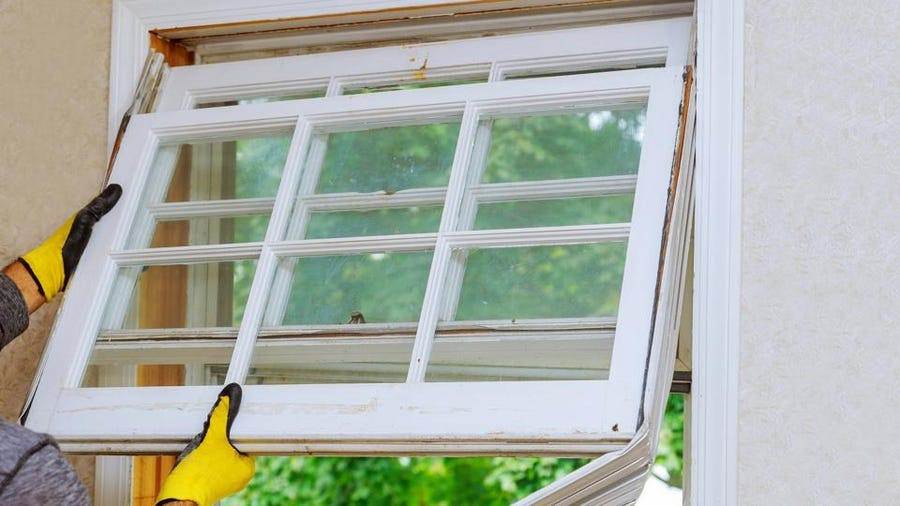
This image is property of thumbor.forbes.com.
Factors That Affect Replacement Window Costs
When it comes to replacing windows in our homes, there are several factors that can influence the overall cost. From the type of material used to the size and energy efficiency rating, these factors all play a role in determining the price tag for replacing a window. Additionally, customization options, location and accessibility, as well as labor costs and additional expenses, can also impact the final cost. Let’s take a closer look at each of these factors to better understand why some windows are more expensive to replace than others.
1. Material
The choice of material for a replacement window is one of the primary factors that can significantly affect the cost. Different materials come with varying price tags, and each has its own set of pros and cons. Wood, for example, is considered a high-end option and can be costly due to its natural beauty and durability. On the other hand, vinyl windows tend to be more budget-friendly, offering excellent value for money. Aluminum windows fall in between, with prices that can vary depending on whether they have thermal breaks or not. Ultimately, the material we choose will have a significant impact on the cost of replacing our windows.
2. Size and Type
The size and type of window we need to replace also play a role in determining the cost. Larger windows will generally cost more than smaller ones due to the additional materials required. Additionally, windows with complex designs or unique shapes, such as bay or bow windows, can also be more expensive to replace. These types of windows often require custom measurements and specialized installation techniques, which can drive up the overall cost.
3. Energy Efficiency Rating
Energy efficiency is an essential consideration for many homeowners when replacing windows. Windows with a high energy efficiency rating, such as those with multiple panes and low-emissivity (Low-E) coatings, often come at a higher price. However, these windows can provide substantial long-term savings on energy bills and improve the comfort of our homes. While opting for energy-efficient windows may initially increase the cost of replacement, their benefits can outweigh the upfront expense in the long run.
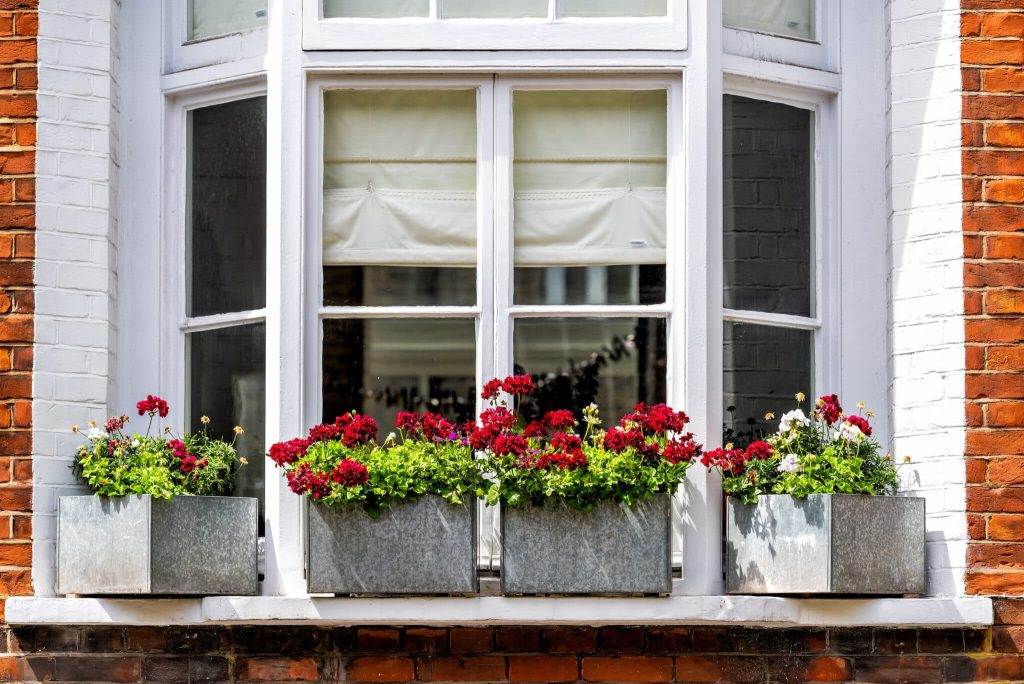
This image is property of architecturaldigest.jppadmin.com.
4. Customization
If we desire windows that are tailored to our specific preferences and home style, customization plays a significant role in determining the cost. Custom options such as decorative glass, grid patterns, or specific hardware finishes can all add to the total cost of the replacement. While these personalized touches can enhance the overall aesthetic appeal and value of our home, they may also come with a higher price tag.
5. Location and Accessibility
The location of the windows and the ease of access for installation can also impact the cost of replacement. Windows located on upper floors, for example, may require additional equipment or specialized installation techniques, which can increase labor costs. Similarly, windows in hard-to-reach areas or those surrounded by landscaping or other obstacles may require additional time and effort to replace, also leading to higher expenses. It’s important to consider these factors when estimating the cost of replacing windows in our homes.
Window Types That Can Be Costly to Replace
While the factors mentioned above can contribute to the overall cost of replacing windows, certain types of windows are inherently more expensive to replace due to their design and complexity. Let’s take a closer look at some of these types:
1. Bay or Bow Windows
Bay or bow windows are known for their elegant and dramatic appearance, jutting out from the main structure of the house. However, their unique design often makes them more expensive to replace. These windows require careful measurements and specialized installation techniques to ensure a proper fit. The additional materials and labor involved in replacing bay or bow windows can increase the overall cost.
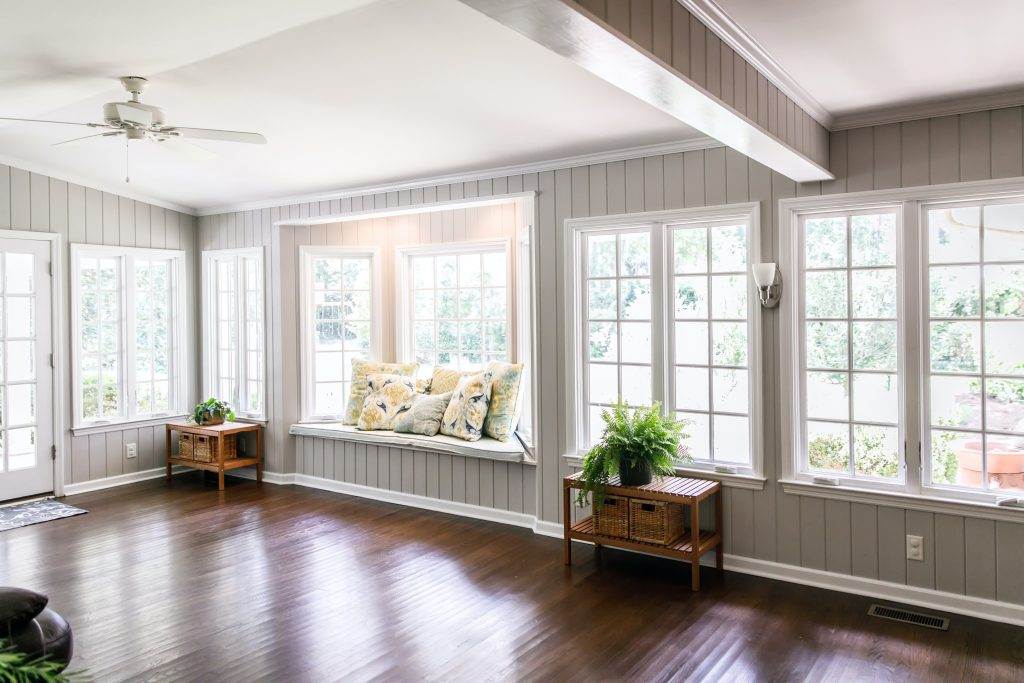
This image is property of thisoldhouse.jppadmin.com.
2. Casement or Awning Windows
Casement windows are hinged on one side and typically open outward, while awning windows are hinged at the top and open from the bottom. These types of windows offer excellent ventilation and a contemporary look but can be more costly to replace. The complex mechanism and installation process associated with casement and awning windows can contribute to the higher price tag.
3. Picture or Palladian Windows
Picture windows are large, fixed windows that provide unobstructed views of the outdoors. Palladian windows, with their distinctive arched design, add elegance to any home. However, these types of windows can be more expensive to replace due to their size and shape. The larger glass panels and unique architectural features require careful handling and precision during installation, increasing the overall cost.
4. Tilt and Turn Windows
Tilt and turn windows, popular in European countries, offer versatility in terms of functionality and aesthetics. These windows can be tilted inward for easy cleaning or opened fully like a casement window. However, the intricate hardware and mechanisms involved in tilt and turn windows can make their replacement more expensive. The complexity of these windows requires skilled labor and specialized materials, increasing the overall cost.
Materials That Increase Replacement Costs
In addition to the type of window, the choice of material can also affect the cost of replacement. Certain materials require more resources, expertise, and maintenance, contributing to a higher price. Let’s explore some materials that can increase replacement costs:
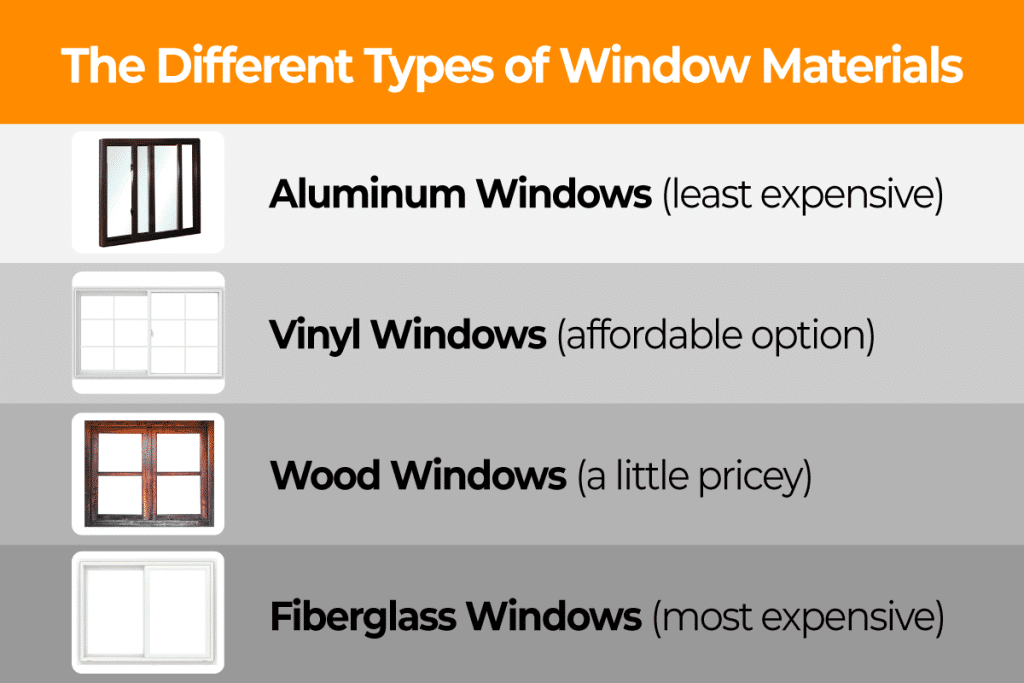
This image is property of 4yourwindowsolutions.com.
1. Wood Windows
Wood windows are well-known for their beauty and high-end appeal. However, they often come with a higher price tag compared to other materials. The cost of wood, as well as the time and craftsmanship required for installation and maintenance, can make replacing wood windows more expensive. While wood windows provide a classic and timeless look, they may require regular maintenance and refinishing, adding to the overall cost over time.
2. Aluminum Windows with Thermal Breaks
Aluminum windows are lightweight, durable, and resistant to rust. However, standard aluminum windows without thermal breaks can contribute to energy loss and condensation. To enhance their energy efficiency, aluminum windows with thermal breaks are often recommended. While these windows offer better insulation and energy savings, they can be more expensive to replace than standard aluminum windows.
3. Fiberglass Windows
Fiberglass windows, known for their strength and durability, are a premium option on the market. These windows are resistant to warping, expansion, and contraction, making them ideal for various climates. However, due to their higher manufacturing and installation costs, fiberglass windows can be more expensive to replace. The longevity and energy efficiency benefits of fiberglass may outweigh the initial investment for some homeowners.
Factors Impacting Labor Costs
While the cost of materials is a significant consideration, it’s essential not to overlook the impact of labor expenses when it comes to replacing windows. Several factors can influence labor costs, including the following:
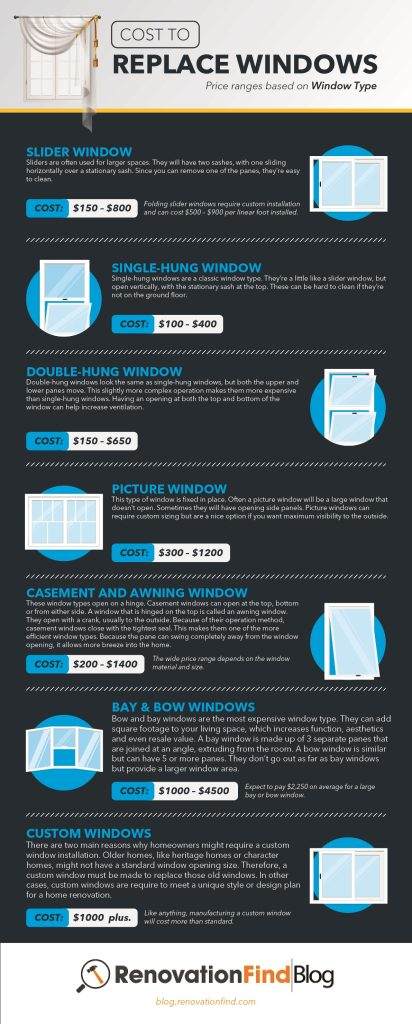
This image is property of blog.renovationfind.com.
1. Window Removal
Removing an old window can be a time-consuming and meticulous process. Factors such as the age and condition of the existing window, the presence of lead paint, and the complexity of the removal can impact the labor costs. Properly removing the old window without causing damage to the surrounding structure requires skilled labor and may increase the overall replacement cost.
2. Frame Repair or Replacement
During the window replacement process, it may be necessary to repair or replace the window frame. Damaged frames, rot or decay, or structural issues may require additional labor and materials to ensure a proper installation. The extent of frame repair or replacement needed can influence the overall cost of window replacement.
3. Insulation and Sealing
Proper insulation and sealing around the newly installed window are crucial for energy efficiency and preventing drafts or water infiltration. The labor involved in applying insulation materials, sealing gaps, and ensuring a proper fit can impact the overall replacement cost. While this step is essential for long-term performance, it can contribute to higher labor expenses.
4. Custom Trim and Finishing Touches
If we desire custom trim or specific finishing touches, such as crown molding or decorative accents, these additional features require skilled craftsmanship and extra labor time. The complexity of these details can impact the overall labor costs and should be considered when estimating the price of replacing windows.
Additional Expenses to Consider
In addition to the material and labor costs, there are other expenses that may arise during the window replacement process. These additional expenses should be taken into account when budgeting for a window replacement project:
1. Window Glass Replacement
If our existing windows have broken, foggy, or damaged glass, it may be necessary to replace the glass panel during the installation process. The cost of glass replacement can vary depending on the type and size of the window. Upgrading to specialty glass, such as energy-efficient or noise-reducing glass, can also add to the overall expense.
2. Window Treatments and Hardware
After replacing windows, it’s common for homeowners to invest in new window treatments or hardware to complement the updated look. These additional expenses, such as blinds, curtains, or window locks, should be factored into the overall cost of the project.
3. Permits and Licensing
In some areas, obtaining permits for window replacement may be necessary. The cost of permits and any associated licensing fees should be considered when budgeting for the project. It’s important to check with local authorities and adhere to any regulations or requirements to avoid potential penalties or delays.
4. Professional Installation
While it may be tempting to attempt a DIY window replacement to save money, it’s often recommended to hire a professional for the task. Professional installation ensures precision, proper sealing, and warranty coverage, offering peace of mind and avoiding potential costly mistakes. The cost of professional installation should be factored into the overall project budget.
Conclusion
When considering a window replacement project, it’s important to understand the various factors that can influence the cost. Factors such as the material, size and type, energy efficiency rating, customization options, and location and accessibility all play a role in determining the overall expense. Additionally, certain window types and materials inherently come with a higher price tag due to their design or properties. Labor costs, including window removal, frame repair or replacement, insulation and sealing, and custom trim, should also be taken into account. Finally, additional expenses such as glass replacement, window treatments and hardware, permits and licensing, and professional installation need to be considered as well. By understanding these factors and carefully planning, we can make informed decisions and ensure that our window replacement project fits within our budget.

